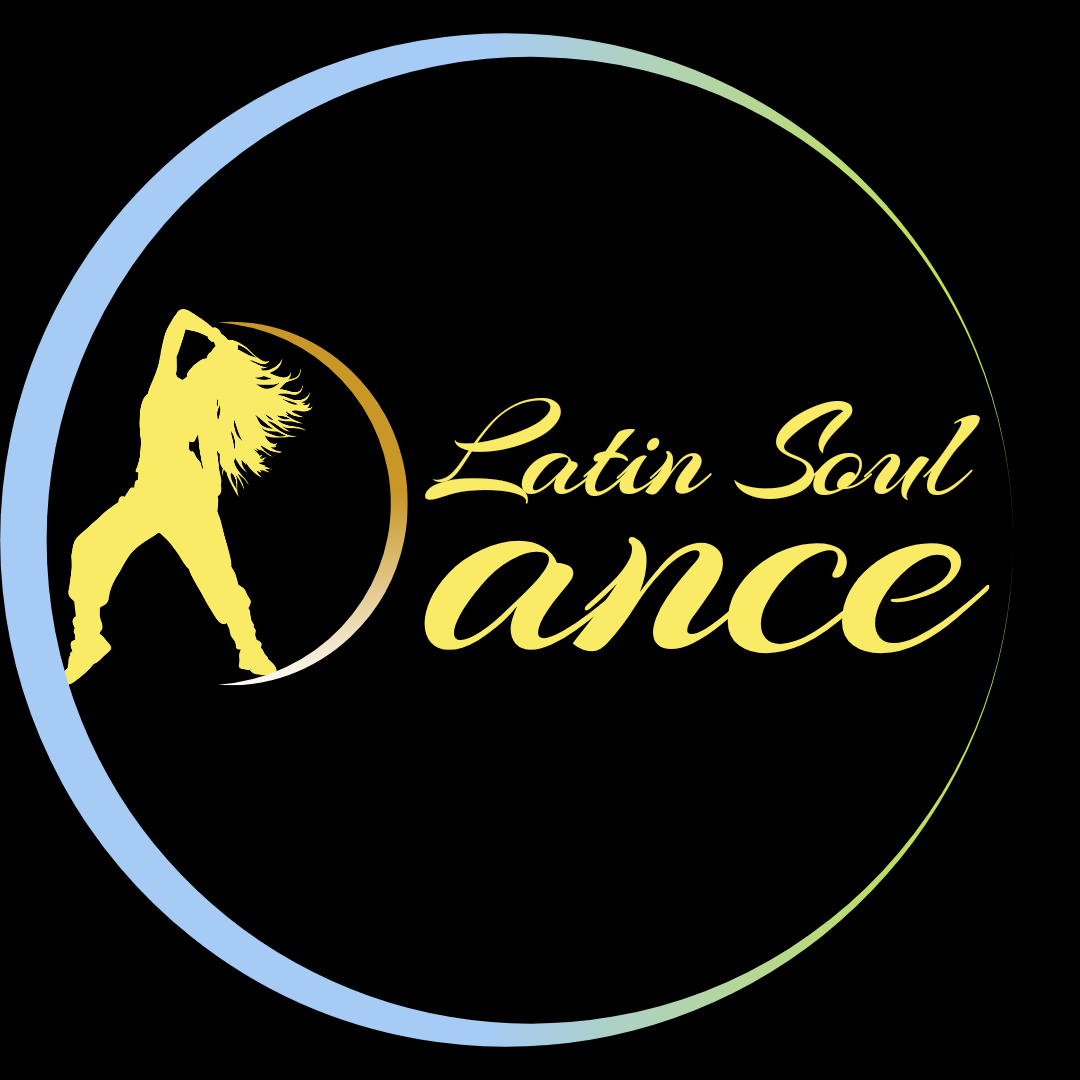The Mental Health Benefits of Dancing
- Angela Latin Soul Dance

- Jul 2
- 4 min read
Dancing is much more than a physical activity; it is a form of self-expression that can significantly enhance our mental health. From lifting our spirits to reducing anxiety, dance has a myriad of benefits for those willing to step onto the floor. In this blog post, we will explore various ways that dancing can improve mental well-being and provide tips for incorporating it into your life.
Dance and Mental Health: An Intricate Connection
When we think about mental health, we often emphasize therapy and medication. However, engaging in activities like dance can play a crucial role in enhancing mental health. Research shows that physical activity stimulates the release of endorphins, the body’s natural ‘feel-good’ hormones.
Moreover, dance combines physical movement with music, creating an environment that boosts mood. According to a report by the American Dance Therapy Association, dance therapy can help decrease feelings of anxiety and depression. It can serve as a productive way to channel emotions—allowing individuals to express feelings that they might find difficult to articulate.

The Neurochemical Effects of Dancing
So, how does dancing impact our brains? When we dance, our bodies undergo various neurochemical changes. The physical exercise involved increases blood flow to the brain and can lead to improved brain function. Studies have shown that dance activates multiple regions in the brain, enhancing coordination, memory, and even creativity.
A study published in the New England Journal of Medicine found that older adults who engaged in dancing had a significantly lower risk of dementia. This isn’t just about moving your body; it's a cognitive workout too. The combination of physical movement, rhythm, and memory required to learn dance steps stimulates brain activity, making it a fun and effective way to keep our minds sharp.
How Can Dance Impact Your Mental Health?
Dance can elicit a powerful emotional response. It is a way to connect with oneself and others. Through dance, individuals express their feelings—whether it’s joy, sadness, or frustration—contributing to emotional release and healing.
Research has also indicated that dance can bolster self-esteem. Learning a new dance style, accomplishing choreography, or even simply having fun in movement can increase confidence. Regular participation in dance can also lead to enhanced social interactions, helping reduce feelings of loneliness and isolation.
Additionally, areas in mental health where dance has proven beneficial include:
Stress Relief: Dancing allows for the release of pent-up energy and stress. When you move to music, you can let go of daily worries, even if only temporarily.
Enhanced Mood: The rhythmic and exhilarating nature of dance can elevate your mood and combat feelings of depression. Music combined with movement creates a powerful tool for happiness.
Improved Sleep: Physical activity such as dance can facilitate better sleep patterns, which in turn benefits your mental health.

Practicing Dance for Mental Health
Incorporating dancing into your wellness routine can be simple and fulfilling. Here are some tips on how to get started:
Find Your Style: Whether it’s salsa, hip-hop, ballet, or Zumba, find a style of dance that excites you. Experimenting with different genres keeps things fresh and fun.
Join a Class: Look for local dance classes or workshops. Many community centers and studios offer beginner classes, making it easy to join in.
Dance at Home: If group classes aren't for you, don’t worry! You can dance in the comfort of your home. Create a playlist of your favorite upbeat songs and let loose.
Social Dance: Join a dance group or a partner dance class. Engaging with others in a social setting enhances the emotional benefits of dancing.
Incorporate Movement Daily: Make it a habit to dance for a few minutes each day. Turn up the music while doing household chores, or dance during breaks at work to lift your spirits.
Set Goals: Consider setting physical and emotional goals tied to your dancing. For instance, aim to learn a new dance routine or simply enjoy dancing for 20 minutes daily.
By immersing yourself in the experience and understanding the positive effects of dance, you can enhance your mental health significantly. Remember, it’s not about perfection; it’s about enjoying the movement.

Embrace the Dance Movement
In conclusion, the mental health benefits of dancing extend far beyond the dance floor. From stress relief to improved mood, dance serves as a powerful resource for fostering emotional well-being. So lace up your shoes, turn on your favorite tunes, and embrace the rhythm.
If you're interested in learning more about how to incorporate dance into your mental health routine, you can explore insightful articles on the topic. One great resource is dance for mental health, where you’ll find tips and encouragement to keep moving.
Dancing can be much more than a pastime; it can become a vital part of your journey to improved mental health. Whether you choose to dance solo in your living room or in a packed class, remember to enjoy every moment. Your mind and body will thank you!




Comments